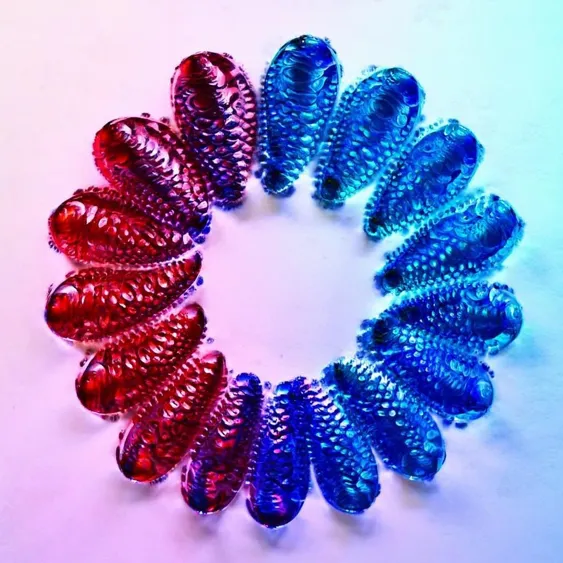Lifesaving Instant Rehydrated Blood Powder Innovation

The development of instant rehydrated blood powder marks a significant milestone in emergency medicine, poised to revolutionize how we think about blood supply in crisis situations. Traditional blood products, reliant on strict storage conditions and susceptible to spoilage, have long posed challenges in scenarios like battlefield medicine or medical helicopter evacuations. This innovative approach offers a rapid and stable alternative that could enhance emergency response capabilities and save lives.
The research team at the University of Maryland School of Medicine has created a freeze-dried blood powder, a method that encapsulates hemoglobin—the oxygen-carrying component of blood—within a spherical lipid structure. This process protects the hemoglobin from chemical reactions that could render it toxic to organs. The resulting instant rehydrated blood can be easily transported and stored without the need for refrigeration, allowing medical personnel to rapidly prepare it for use in emergencies simply by adding water. Successful trials in rabbits have verified the safety and efficacy of this product, setting the stage for human clinical trials within the next two years.
This breakthrough not only opens up new avenues for emergency healthcare but also reflects broader trends in medical technology. As society faces more complex health crises—be it natural disasters or military conflicts—the demand for innovative, portable, and easily accessible medical solutions continues to rise. The potential for instant blood substitutes could lead to broader applications beyond emergency care, potentially impacting areas like military logistics, disaster relief, and remote medicine.
Read These Next

Identifying AI-Generated Content: A Tough Challenge
Commentary on human challenges identifying AI-generated images based on Microsoft's recent study findings.

Self-Healing Drone Shell: Boosting Resilience in Weather
This commentary discusses the innovative drone shell technology developed by Tianjin University, highlighting its potential to enhance drone resilience in extreme weather conditions through self-repair and ice prevention.

Xiaomi's Mijia Pro Fridge: A Step Toward Smart Sustainability
Commentary on the launch of Xiaomi's Mijia Pro refrigerator, highlighting its innovative features and context within industry trends.
